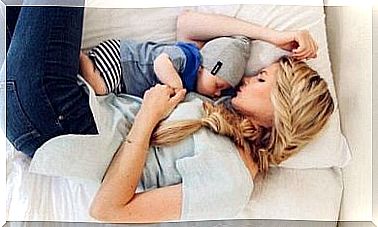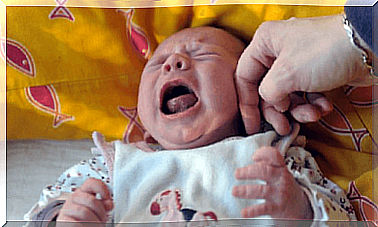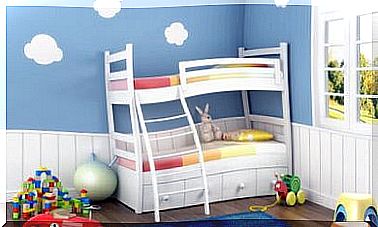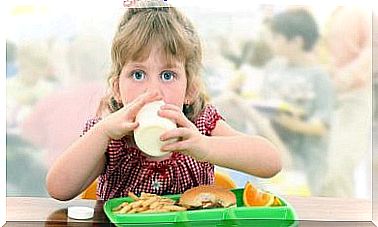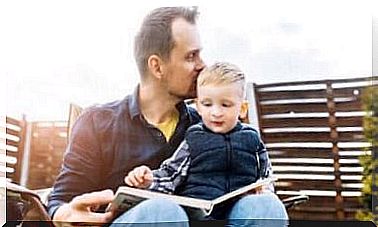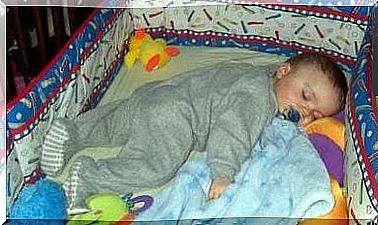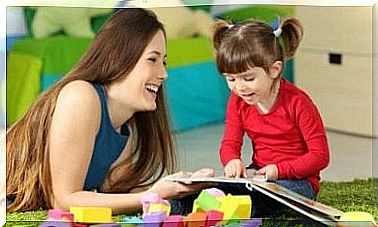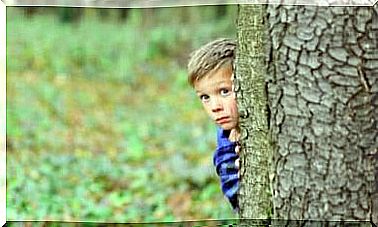10 Patterns In Family Interaction That Can Be Harmful
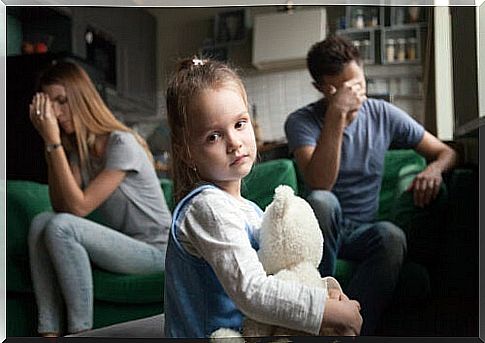
The way in which family members communicate with each other is a necessary condition for maintaining harmony in the home. However, some ways of relating constitute patterns of family interaction that can be detrimental to family members.
Family psychology has studied these dysfunctional bonds and how families unconsciously adapt to them.
Although this is a rather complex topic, we will try to explain how these inappropriate patterns in family interaction develop. This way, you can identify them in time and act accordingly.
Dysfunctional patterns in family interaction
Psychologists define family relationships based on the number of members. In general, in models with three or more members, harmful patterns of interaction in the family may occur. In the following article, we will describe each of them.
1. Paradoxical communication
In the case of paradoxical behavior, the messages communicated are incongruent and ambiguous.
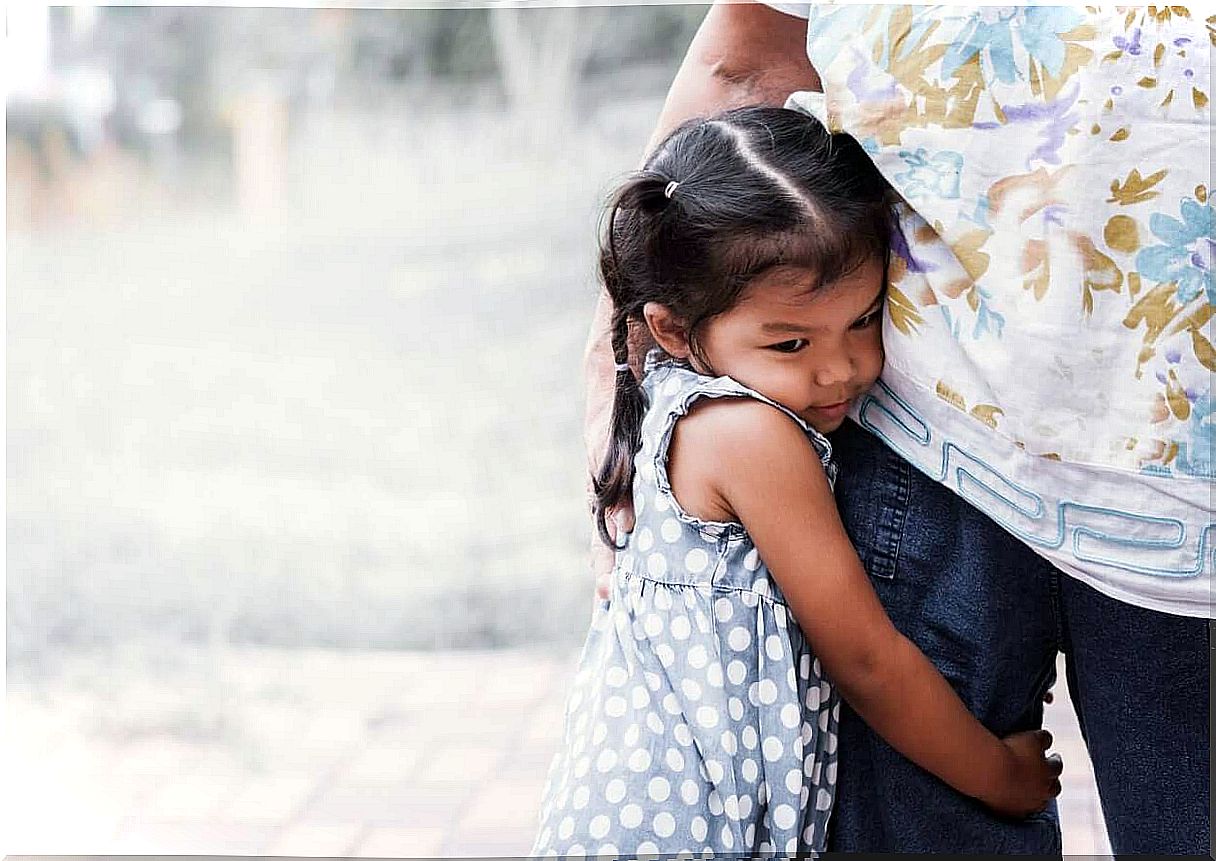
As a result , the child becomes entangled in a double bond where the same parent appears and communicates a protective attitude, but at the same time devalues it. For example: “You have to do it yourself, but I will do it because you can not do it. ”
Disqualification and rejection
Ignoring or minimizing the decisions of a family member means developing a disqualifying pattern in family interaction. This is a type of pathological communication, which includes the use of degrading nicknames or inappropriate labels to belittle the other person.
This type of interaction creates an atmosphere of insecurity that the family unconsciously adapts to. And at the same time it creates a dysfunction in the band that is harmful to everyone.
Chatter, silence and laughter (not related to humor)
By talking too much, not talking or laughing constantly for no reason, you often avoid serious problems.
Silence is also sometimes used as a method of punishment or domination, something commonly called “freezing someone out”.
These patterns of interaction create environments where difficulties are never overcome due to constantly avoiding decision-making.
4. Family projection
When children are treated as goods belonging to their parents , they lose the ability to build themselves up.
In these cases, the child’s effort is focused on being the child their parents want and not the independent and critical person they should be.
5. Dependence
When the child’s demands and needs are forcibly met, the parents make it difficult for them to build their own identity.
If they cannot even express their desires and feelings because the parents assume that they already know them, the child loses the ability to recognize and express them.
6. Lack of attention and detachment
In contrast to the above, systematic neglect creates feelings such as helplessness and defenselessness.
7. Alliances and coalitions
When different family members come together to create conflicts and confront other members, the results are harmful to everyone.
Within these patterns of family interaction , behaviors such as denial, triangulation, and scapegoats occur. And the child relinquishes his autonomy to promote marital stability.
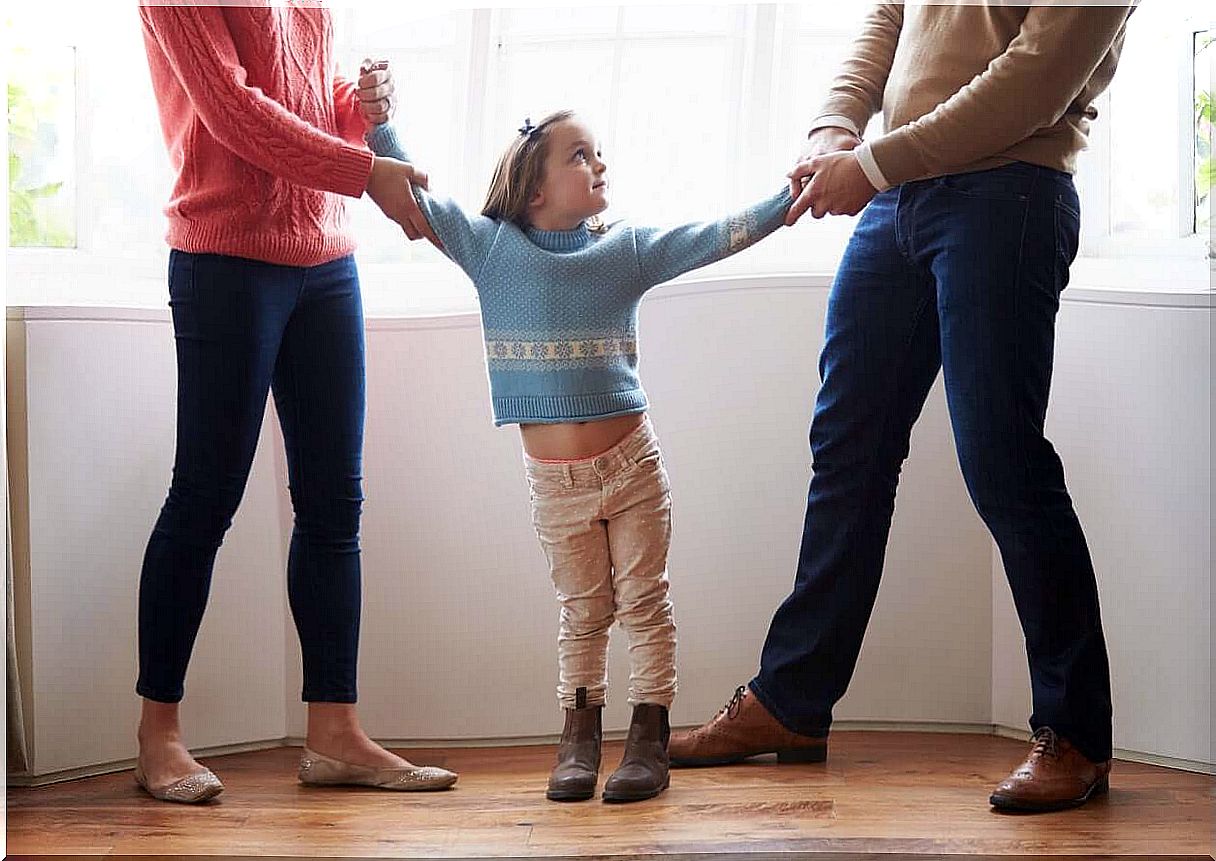
8. Complementarity patterns for family interaction
This type of interaction involves the acceptance of two different roles in the family: one of domination and the other of submission. Simply put, one member gives commands and the other member obeys.
The problem with these relationships is that they become rigid and do not allow the one who obeys to grow and develop.
9. Symmetry
Symmetrical interaction presupposes equality between the parties. It can also promote a change in decision-making, based on negotiations.
In couples, symmetrical status problems can arise, where both involved provoke each other to be “above the other”. This situation usually creates permanent conflicts within the family and problems with violence.
10. Mask or put on costumes
Experts call this pseudo-reciprocity and pseudo-hostility . These are interaction patterns where family members seem to care about or hate each other.
None of this is true, however, and in both cases it hides a pathological interaction between family members that favors confusion and creates an unstable environment.
In these cases, children are the ones most affected, because they do not find in their surroundings the emotional peace they need to develop their personality.
How to intervene in dysfunctional family patterns?
To ensure a healthy family system, we must avoid these harmful family patterns, as they can be harmful to everyone in a family.
Identifying them is the first step, but after this it is important to ask for help from a family therapist to overcome them.
Remember that family relationships are the result of several complex factors, as each person involved has a special and unique history.
